Idea by
Ania England
Call for ideas 2020
The Rise of Kitsch.
The Rise of Kitsch.
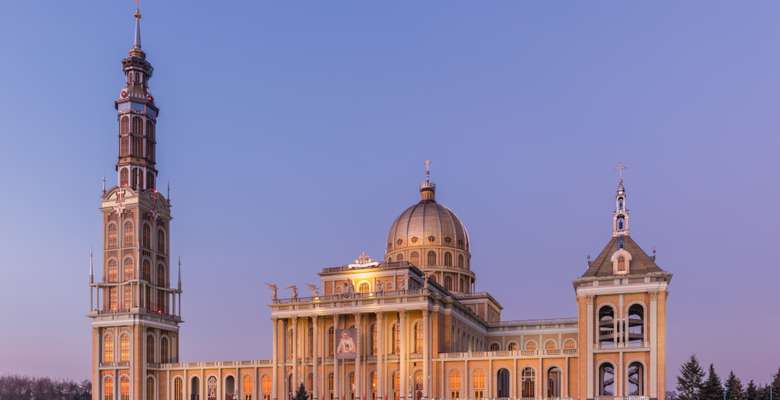
- Systemic changes
I am interested in finding out why the kitsch style is best suited as the language of trauma rather than – as it has been perceived so far – simply pretentious bad art. A revision of the post-communist transition period, called "shock therapy", from an architectural perspective will contribute to a deeper understanding of the current turbulent times, crises and populist uprisings in Europe. In the longer term, the project will benefit other researchers interested in collective trauma, macropsychology, transitions and the study of meaning-making in the architectural context. As its aim is also to shed new light on the neglected concept of kitsch, it will also open doors for further interpretation of the phenomenon from the psychological perspective.

Humboldt Forum in Berlin, called by Derek Scally the “revisionist kitsch (Irish Times, "Prussian Palace in Berlin Rises from the Ashes", 17.01.2013) and an "heritage kitsch" by Frederick Studemann (Financial Times, "Berlin’s Stadtschloss and the Trouble with History", 13.09.2019). Eighteenth century palace, which has been rebuilt according to the design of Italian architect Franco Stella.
Photo by Ania England.
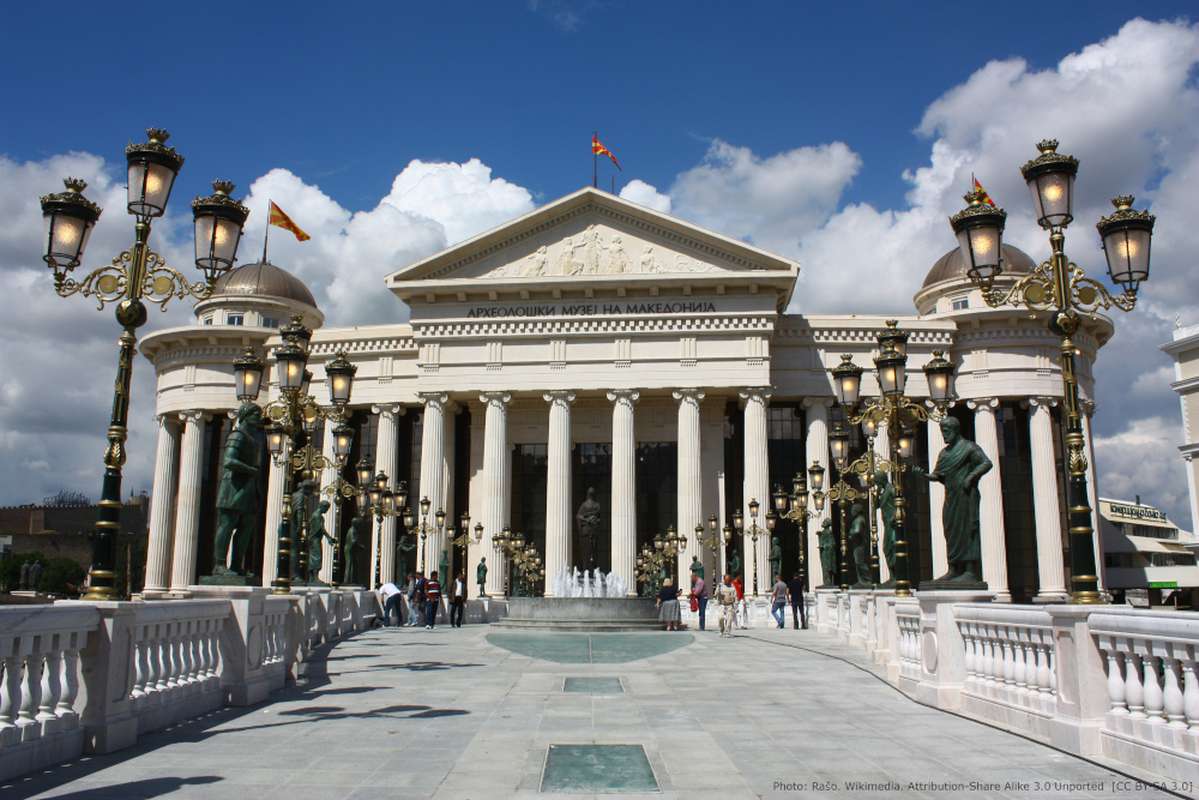
Museum of Archeology in Skopje. The project "Skopje 2014", aimed at giving the capital a more classical look, gained it the unofficial title of “Europe’s capital of Kitsch” (Till Mayer, Macedonian Makeover. Europe's Flailing Capital of Kitsch, “Spiegel Online”, 12.11.2013).
Photo by: Rašo. File is licensed under the Creative Commons Attribution-Share Alike 3.0 Unported [CC BY-SA 3.0].
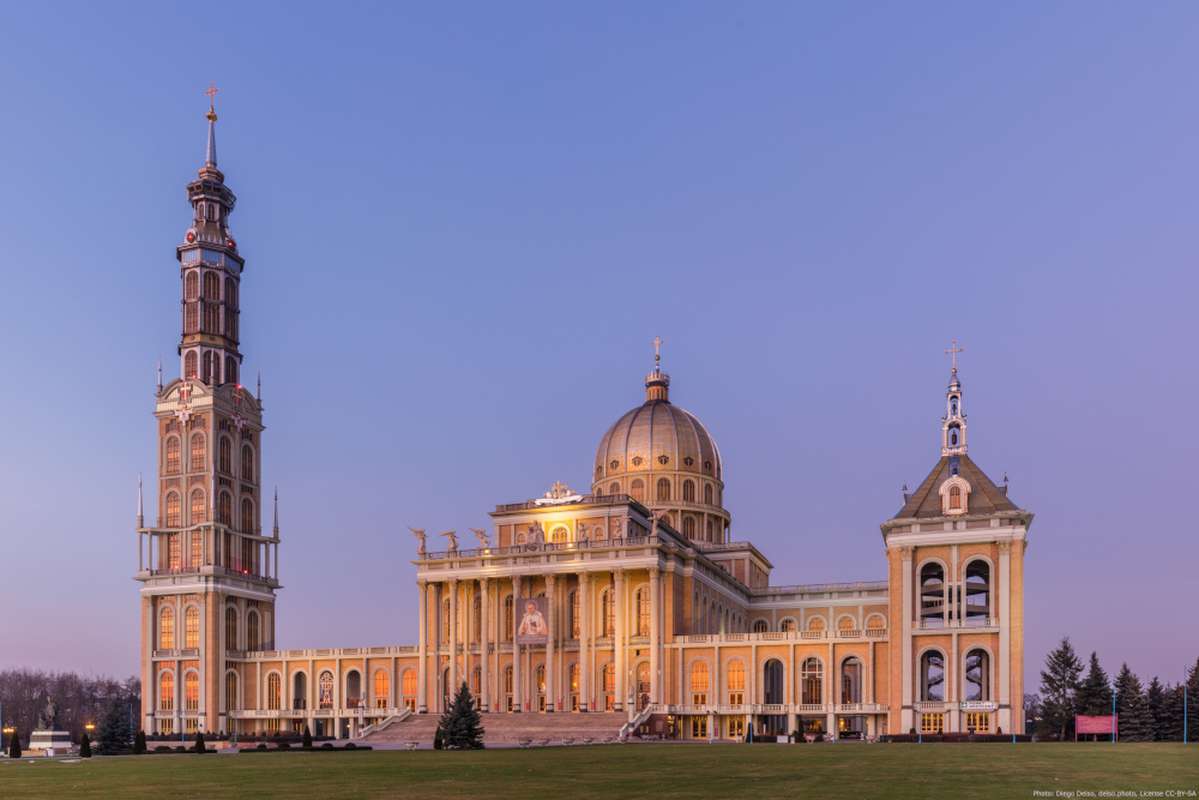
Basilica of Our Lady located in the village of Licheń Stary in Poland. The Basilica (1994-2004) was designed by architect Barbara Bielecka and it is the biggest church in Poland and one of the biggest in the world. Basilica, together with the entire Sanctuary in Licheń, is often referred to as the “Catholic Disneyland” (Izabella Dzienisiewicz, Wizerunek Lichenia w mediach i oczach pielgrzymów, “Konteksty” 2002, nr 1-2, p. 158).
Photo by: Diego Delso, delso.photo, License CC-BY-SA.
The Rise of Kitsch.
The Rise of Kitsch.

- Systemic changes
I am interested in finding out why the kitsch style is best suited as the language of trauma rather than – as it has been perceived so far – simply pretentious bad art. A revision of the post-communist transition period, called "shock therapy", from an architectural perspective will contribute to a deeper understanding of the current turbulent times, crises and populist uprisings in Europe. In the longer term, the project will benefit other researchers interested in collective trauma, macropsychology, transitions and the study of meaning-making in the architectural context. As its aim is also to shed new light on the neglected concept of kitsch, it will also open doors for further interpretation of the phenomenon from the psychological perspective.
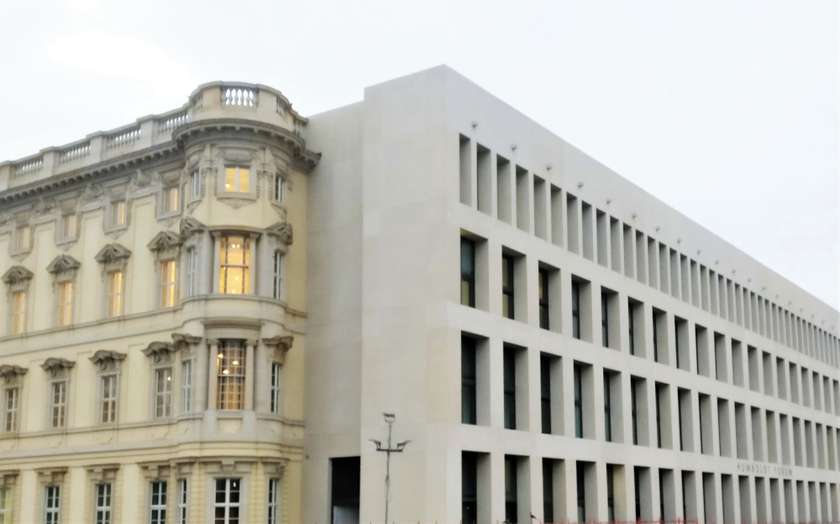
Humboldt Forum in Berlin, called by Derek Scally the “revisionist kitsch (Irish Times, "Prussian Palace in Berlin Rises from the Ashes", 17.01.2013) and an "heritage kitsch" by Frederick Studemann (Financial Times, "Berlin’s Stadtschloss and the Trouble with History", 13.09.2019). Eighteenth century palace, which has been rebuilt according to the design of Italian architect Franco Stella.
Photo by Ania England.
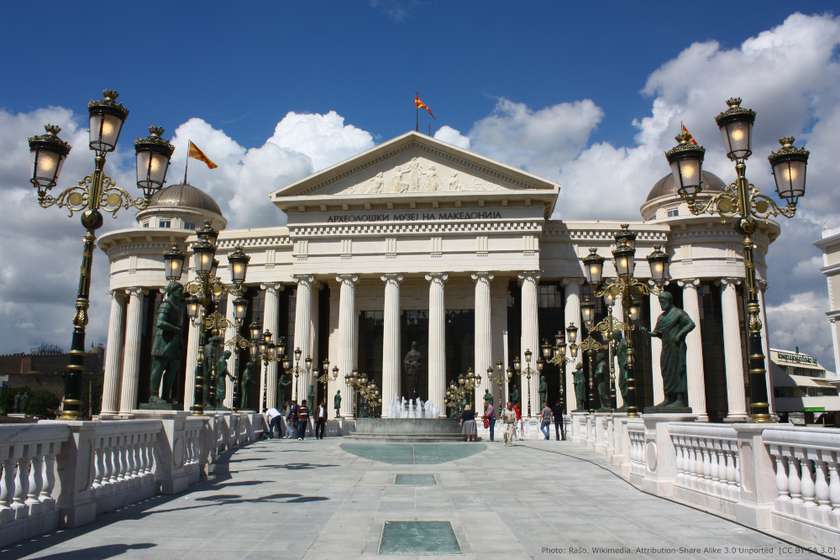
Museum of Archeology in Skopje. The project "Skopje 2014", aimed at giving the capital a more classical look, gained it the unofficial title of “Europe’s capital of Kitsch” (Till Mayer, Macedonian Makeover. Europe's Flailing Capital of Kitsch, “Spiegel Online”, 12.11.2013).
Photo by: Rašo. File is licensed under the Creative Commons Attribution-Share Alike 3.0 Unported [CC BY-SA 3.0].

Basilica of Our Lady located in the village of Licheń Stary in Poland. The Basilica (1994-2004) was designed by architect Barbara Bielecka and it is the biggest church in Poland and one of the biggest in the world. Basilica, together with the entire Sanctuary in Licheń, is often referred to as the “Catholic Disneyland” (Izabella Dzienisiewicz, Wizerunek Lichenia w mediach i oczach pielgrzymów, “Konteksty” 2002, nr 1-2, p. 158).
Photo by: Diego Delso, delso.photo, License CC-BY-SA.